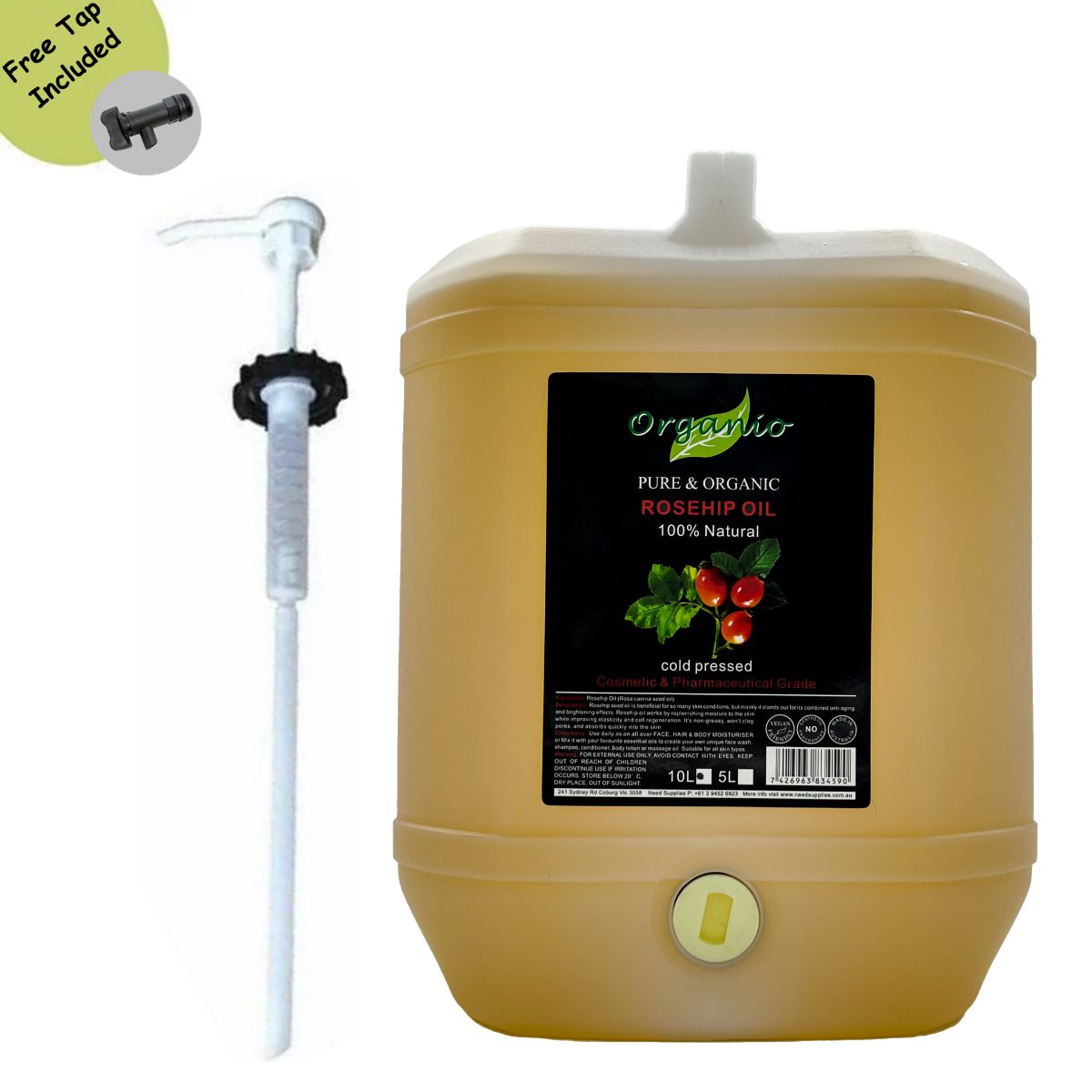YOUR CART
- No products in the cart.
Subtotal:
$0.00

For many, the rigors and demands of their job and private life can leave them in a state of disrepair, searching for ways to release tension and recover their lost sense of harmony.
Table of Contents
While a variety of options exist to help them regain this balance, one of the most frequently used and popular techniques is with an all-natural massage.
Massages impart direct therapy to key muscles, helping keep tension at a minimum, and delivering important benefits that improve overall health and do away with unwanted aches, pains, and stress.
Assessing the best massage oils for your needs and demands
Not all massages are created equally, and one of the main factors that separate one massage from another is the choice of massage oil that is used.
With so many lotions and oils to choose from, it can be a daunting process to understand what function each one performs and the differences that exist between one another.
Fortunately, this doesn’t have to be a difficult process, and we’ll examine how massage oils are used, the benefits of the most common varieties, and how to decide on the perfect massage oil for your individual needs and demands.
With the right knowledge at your disposal, you’ll be able to achieve the perfect massage for yourself or someone you care for and offer the perfect opportunity to recover from stress, restore your body’s natural state of health, and enjoy a better quality of life.
So without further delay, let’s dive right into what massage oils are and why they help to propel the massage industry to an estimated $16 billion in annual revenue, just in the United States alone.
What is The Purpose of A Massage Oil?
Massage oils are an essential part of any massage, for the reason that they help lubricate skin and give the masseuse a malleable surface area so that their strokes have a more favourable effect.
Not only does the oil serve to moisturize and lubricate the area, but it can also serve as a replenishing supplement to the surface of the skin, with benefits that can even penetrate deep into muscle tissues to relieve and refresh the body.
These oils may also have the secondary advantage of possessing unique aromatherapy properties, making them useful for an all-around sensation of good health and wellbeing.
Massage oils help to maintain smooth and friction-free skin during a massage while also imparting soothing compounds that can enliven and heal.
There are numerous important factors that weigh into what oil or lotion will be best for a given massage, but some considerations include how messy it will be and how well skin pores will absorb it, as well as its nutritional benefits, the effect it will have on skin and muscle tissue, and its therapeutic scent (if any).
It is also worth paying attention to how the product is manufactured, as some people could have a strong or negative reaction to select ingredients or processing methods.
While rare, this can play a heavy role in the potential of oil to benefit whoever is receiving the massage, which is one reason why cold-pressed oils are so highly regarded for their strict adherence to purity.
Make sure that whoever you’re giving a massage is not allergic to the ingredients within your oil, and if you’re getting one, don’t ever hesitate to ask beforehand what ingredients are used and alert your masseuse to any allergies that you are aware.
What Are The Different Types of Massage Oils and Their Benefits?
Choosing the right massage oil is dependent upon what massage techniques will be used as well as the skin type of the person receiving the message. Fortunately, there are enough varieties of oils, lotions, and gels to suit just about any scenario you could possibly imagine.
Generally, massage oils break down into one of two categories; carrier massage oils and essential oils.
Jojoba and Sweet Almond are two of the most commonly used oils thanks to their easy absorption, and jojoba oil is particularly moisturising for much easier and more effective massage strokes.
Almond oil is coveted for its therapeutic aromatherapy propertie
And for people suffering from extremely dry skin as a result of conditions such as psoriasis or eczema, jojoba can greatly improve the quality of their skin and is also a fantastic choice for elderly patients or wherever coarse or parched skin is present.
Grapeseed oil has a similar effect, emitting very little odour and having a smooth, non-greasy texture, it contains high amounts of linoleic acid that delivers a potent regenerative effect to damaged areas of the skin that require more healing attention.
While all the previously mentioned oils fit neatly into the “carrier” category, there are also plenty of amazing essential oils as well that include choices such as lavender, peppermint, eucalyptus, and rosemary.
Lavender has an incredibly soothing effect that restores and relaxes skin and muscles, while eucalyptus can quell inflammation and provide a layer of protection to areas that are agitated or infected.
Things to Consider Before Buying a Massage Oil
Although a great number of variables can go into choosing the best massage oil, the biggest factors are usually skin type, the intended impact of the massage, stroke size, duration, and pressure, and what (if any) allergies ought to be avoided.
If you are simply looking to save money, sunflower oil may be a great option, as it is generally less expensive than other premium oils and can bring new life to areas that have been harmed by harsh or synthetic soaps and body washes.
Cocoa and shea butter lean toward the “lotion” category and go on heavier to create an oily sensation, which results in them often being combined with other ointments to develop a better consistency for a massage.
Fractionated coconut oil is a wonderful choice when employing shorter strokes that are higher in intensity because of its stickier consistency, making it a good option for treating sore muscles.
When dealing with sensitive skin, rosehip oil can be a superior selection due to its light complex that has an impressive array of vitamins, including essential fatty acids and Vitamin A, Omega 3 & 6.
It is worth noting that the three most common choices when it comes to performing a massage are jojoba oil, sweet almond oil, and sunflower oil, however, you should always assess the different available options as well as your needs and budget to come up with the best selection.
Low vs. High Friction Massage
One of the biggest factors that should have an impact on the massage oil you choose, is whether you are looking for a low-friction massage or a high-friction massage.
In cases of a high-friction massage (such as a body massage, or deep muscle-tissue rubs) lighter oils such as sunflower, almond, or jojoba are typically better.
For low-friction massages that have softer and longer strokes, it will be more advantageous to go with an option that is heavier and oilier, such as the cocoa butter mentioned earlier or even olive oil.
Massage Oils vs. Massage Lotions
It’s important to understand the differences between massage oils and lotions so you avoid any potential hazards and make the perfect choice for what you hope to accomplish with your massage.
If avoiding toxins and staying as natural as possible is a very high priority, then it may make sense to opt for oil rather than a lotion, as synthetic ingredients are more commonly found within lotions.
That said, lotions also tend to have incredible abilities to make skin feel younger, softer, and more hydrated, so if those things are important than lotions are worth strong consideration.
Oils are usually more moisturising, and because of this, typically lend themselves much more commonly to be applied during massages than lotions.
Because of their moisturising qualities, oils reduce friction and don’t clog pores, allowing masseuses to glide their hands over the massage areas much more freely and evenly than lotions.
This makes oils a far more common choice when it comes to massages, but this doesn’t mean that massage oils aren’t with their own set of disadvantages.
Oftentimes, oils can be very greasy and slippery, with plenty of cleanup involved after use and dripping that can fall on floors or spread over wide areas.
This is what massage oils are intended for after all, and while oils are still the favourite option and these issues are quite minor, it’s worth bringing to attention, nonetheless.
Finding The Right Massage Oil For Your Specific Needs
Taking into consideration whether you need an aromatherapy solution, if the skin area will be dry, or if the message will be intended to relieve stress or cope with muscle soreness, stiffness, or inflammation all go a long way toward helping to determine the right massage oil or lotion for you.
Copyright @ 2025 all right reserved. Terms & Conditions | Privacy Policy

Join Need Supplies and receive exclusive offers and keep up to date with the latest news & events. Plus, get 10% off your first online purchase.Register
https://sbus.org.br/wp-content/
http://www.medytox.com/-/demo-slot/
https://pai-pps.iaingorontalo.ac.id/wp-content/themes/slot-demo/
https://demo-spadegaming.powerappsportals.com/
https://rtp-slot-online-dan-volatilitas.powerappsportals.com/
https://live-sdy-hari-ini.powerappsportals.com/
https://pgsoft.simpel.pn-tenggarong.go.id/
https://slot-ovo.simpel.pn-tenggarong.go.id/
https://bocoran-admin-slot.simpel.pn-tenggarong.go.id/

Do you want a cube spanner for each item selected?
Note: To select just one spanner add 1 to the cart and additional without the spanner to the cart.






